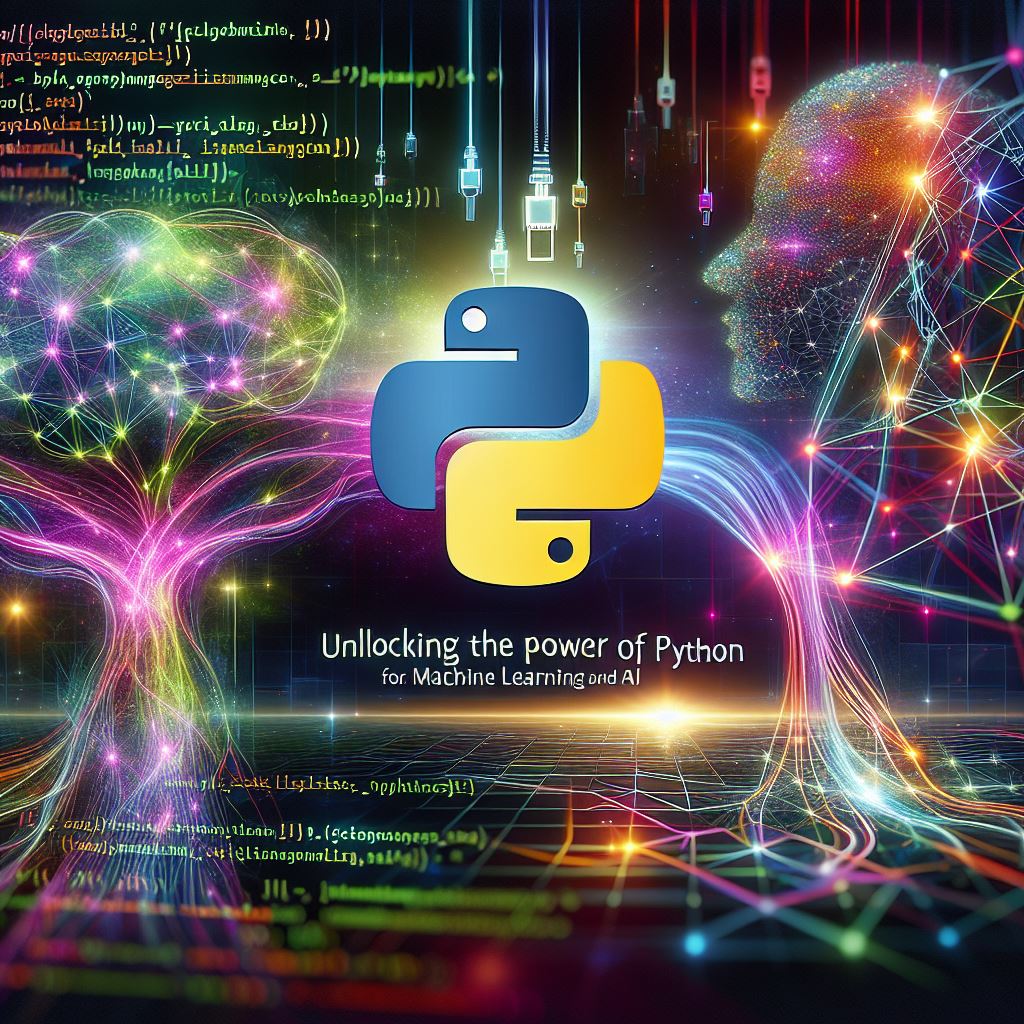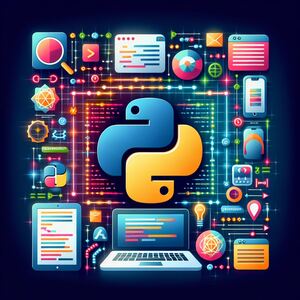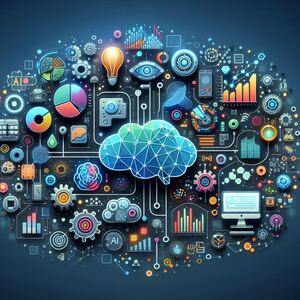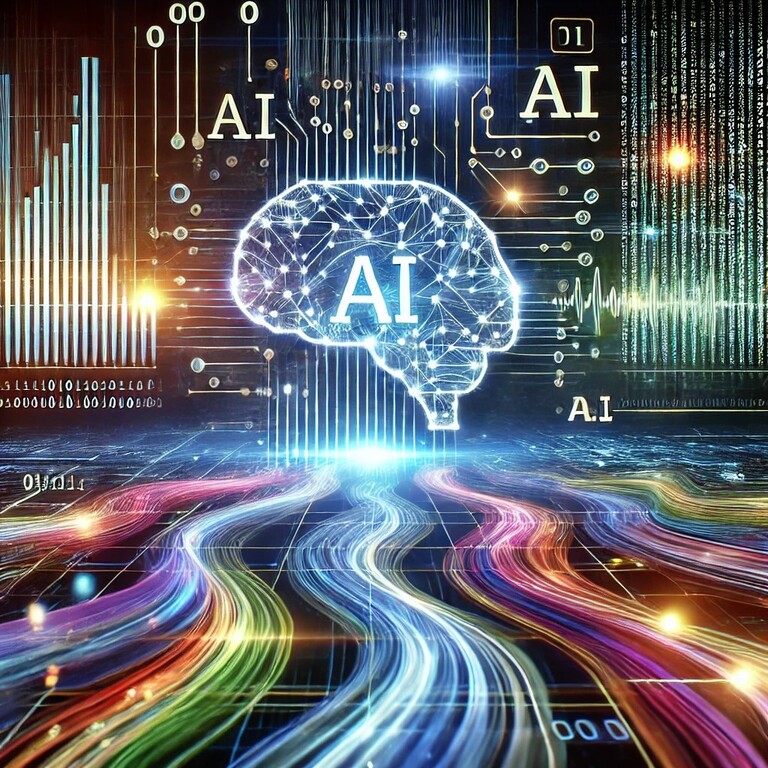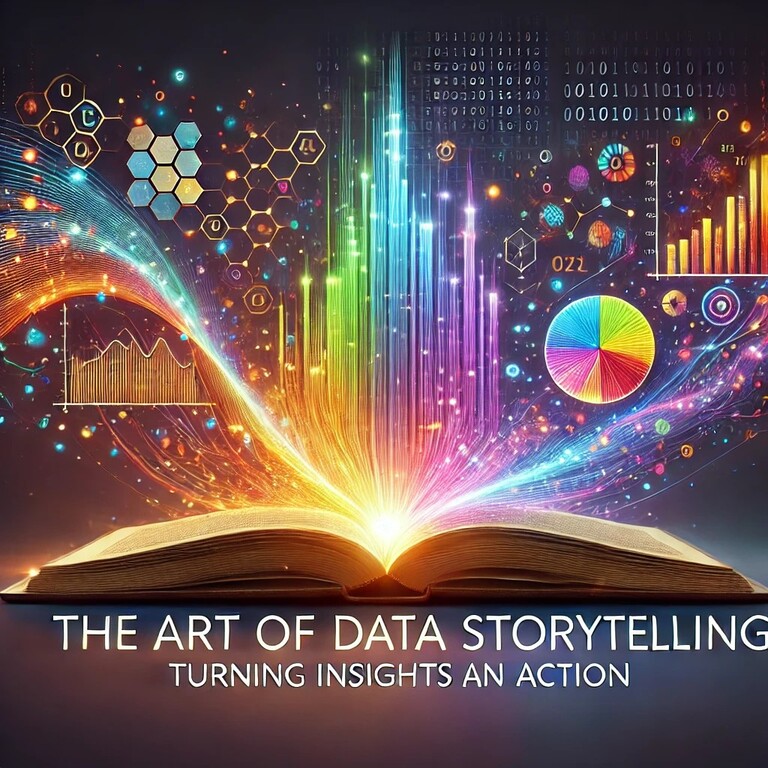Python has revolutionised the fields of Machine Learning (ML) and Artificial Intelligence (AI), empowering businesses and individuals to derive insights, automate processes, and solve complex problems. Whether you’re training predictive models, analysing text data, or building neural networks, Python offers versatile libraries and tools that make it the go-to programming language for AI development.
In this blog, we’ll explore how Python facilitates predictive modelling, natural language processing (NLP), and deep learning, along with tips for leveraging popular libraries like scikit-learn, TensorFlow, PyTorch, and spaCy.
Why Choose Python for Machine Learning and AI?
Python is celebrated for its simplicity, readability, and vast ecosystem of libraries. These attributes make it beginner-friendly while offering advanced capabilities for seasoned developers. Additionally, its open-source nature encourages innovation, with libraries and frameworks frequently updated to integrate cutting-edge techniques.
Predictive Models with Python
Predictive modelling involves using historical data to forecast future trends. This technique is widely applied in sectors like finance, healthcare, and retail.
Tools for Predictive Modelling
- scikit-learn: A robust library for machine learning, scikit-learn simplifies tasks like data pre-processing, model selection, and evaluation.
- TensorFlow and PyTorch: These frameworks excel in creating and deploying deep learning models for advanced predictive tasks.
Real-World Applications
- Stock Market Predictions: By analysing historical stock data, you can train models to predict price movements.
- Customer Behaviour Analysis: Predict what customers might purchase next by studying past buying patterns.
- Health Outcome Predictions: Use patient data to forecast potential health risks or treatment outcomes.
Example: Training a regression model using scikit-learn to predict house prices:
from sklearn.linear_model import LinearRegression
from sklearn.model_selection import train_test_split
# Sample dataset
X_train, X_test, y_train, y_test = train_test_split(X, y, test_size=0.2)
model = LinearRegression().fit(X_train, y_train)
predictions = model.predict(X_test)Natural Language Processing with Python
NLP enables machines to interpret and generate human language, making it indispensable for tasks like sentiment analysis, chatbot development, and text summarisation.
Tools for NLP
- NLTK: A comprehensive library for linguistic data processing, covering tokenisation, stemming, and more.
- spaCy: Known for its speed and scalability, spaCy is ideal for production-grade NLP tasks.
Applications of NLP
- Sentiment Analysis: Determine customer sentiment from reviews or social media posts.
- Chatbots: Develop intelligent conversational agents to improve customer service.
- Text Summarisation: Extract key information from lengthy documents.
Example: Using spaCy for named entity recognition (NER):
import spacy
nlp = spacy.load("en_core_web_sm")
doc = nlp("OpenAI was founded in San Francisco.")
for entity in doc.ents:
print(f"{entity.text}: {entity.label_}") Deep Learning with Python
Deep learning focuses on artificial neural networks that mimic human cognition. Python frameworks like TensorFlow and PyTorch empower developers to create highly accurate models for complex tasks.
Tools for Deep Learning
- TensorFlow: A scalable framework for developing and deploying deep learning models.
- PyTorch: Favoured for its flexibility and dynamic computation graph.
Applications of Deep Learning
- Image Classification: Identify objects in images with convolutional neural networks (CNNs).
- Language Translation: Translate text between languages using recurrent neural networks (RNNs) or transformers.
- Voice Recognition: Implement speech-to-text capabilities with sequence models.
Example: Building an image classifier with PyTorch:
import torch
import torchvision.models as models
# Load a pre-trained model
model = models.resnet18(pretrained=True)
# Replace the classifier layer for a custom dataset
model.fc = torch.nn.Linear(model.fc.in_features, num_classes) Best Practices for Machine Learning and AI Projects
- Understand Your Data: Properly clean and preprocess data to improve model accuracy.
- Start Simple: Begin with simpler models like linear regression before moving to complex architectures.
- Evaluate Thoroughly: Use metrics like accuracy, precision, and recall to assess your models.
- Leverage Pre-Trained Models: Save time by fine-tuning existing models instead of building from scratch.
Conclusion
Python is a powerhouse for Machine Learning and AI, offering tools and frameworks that cater to a wide range of applications. From predictive modelling to deep learning, Python equips developers with the resources needed to turn data into actionable insights. Whether you’re a beginner or an expert, diving into Python’s ecosystem can help you unlock new opportunities in AI.
For additional resources, explore TensorFlow’s official tutorials or scikit-learn’s documentation.

